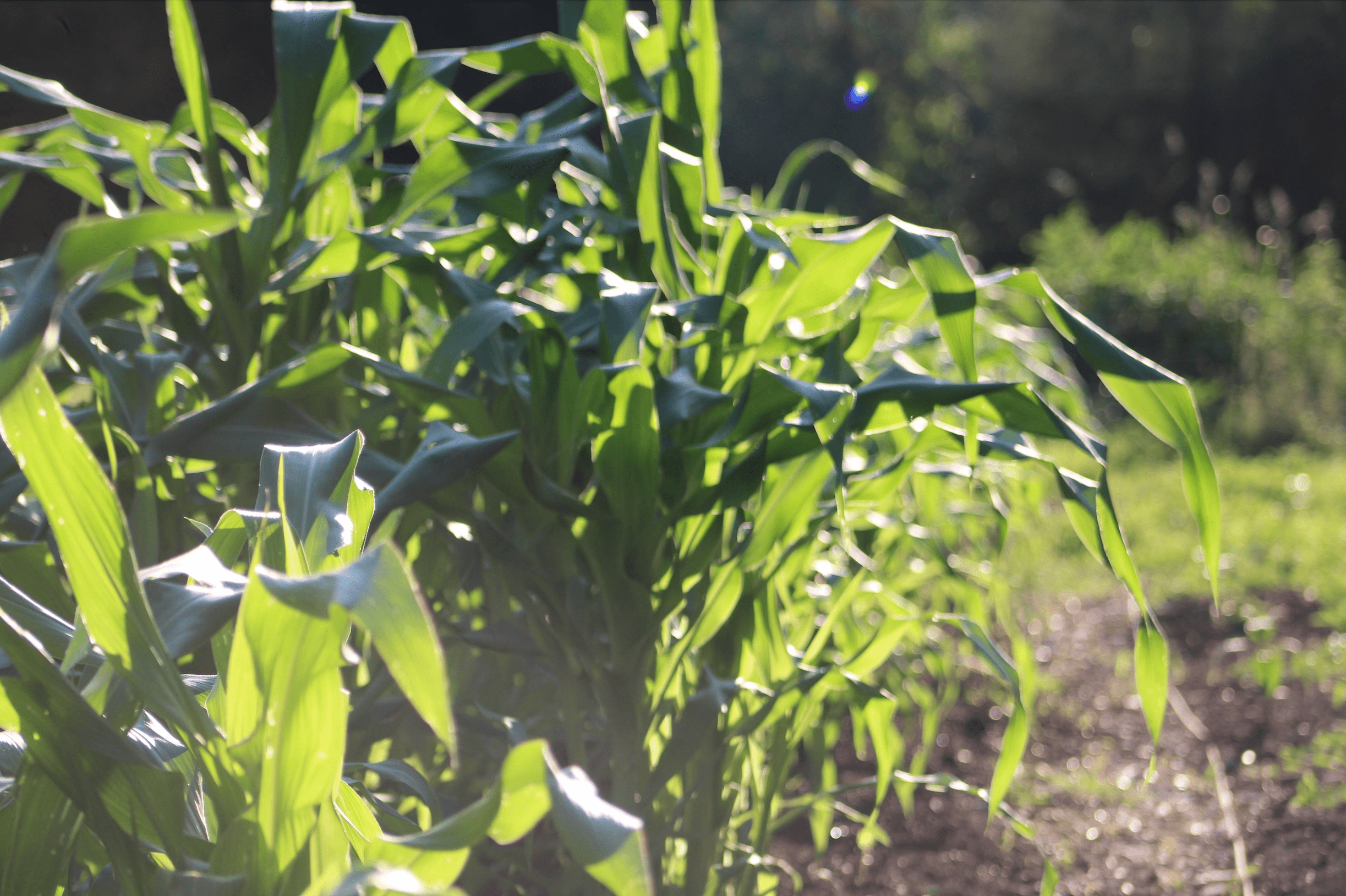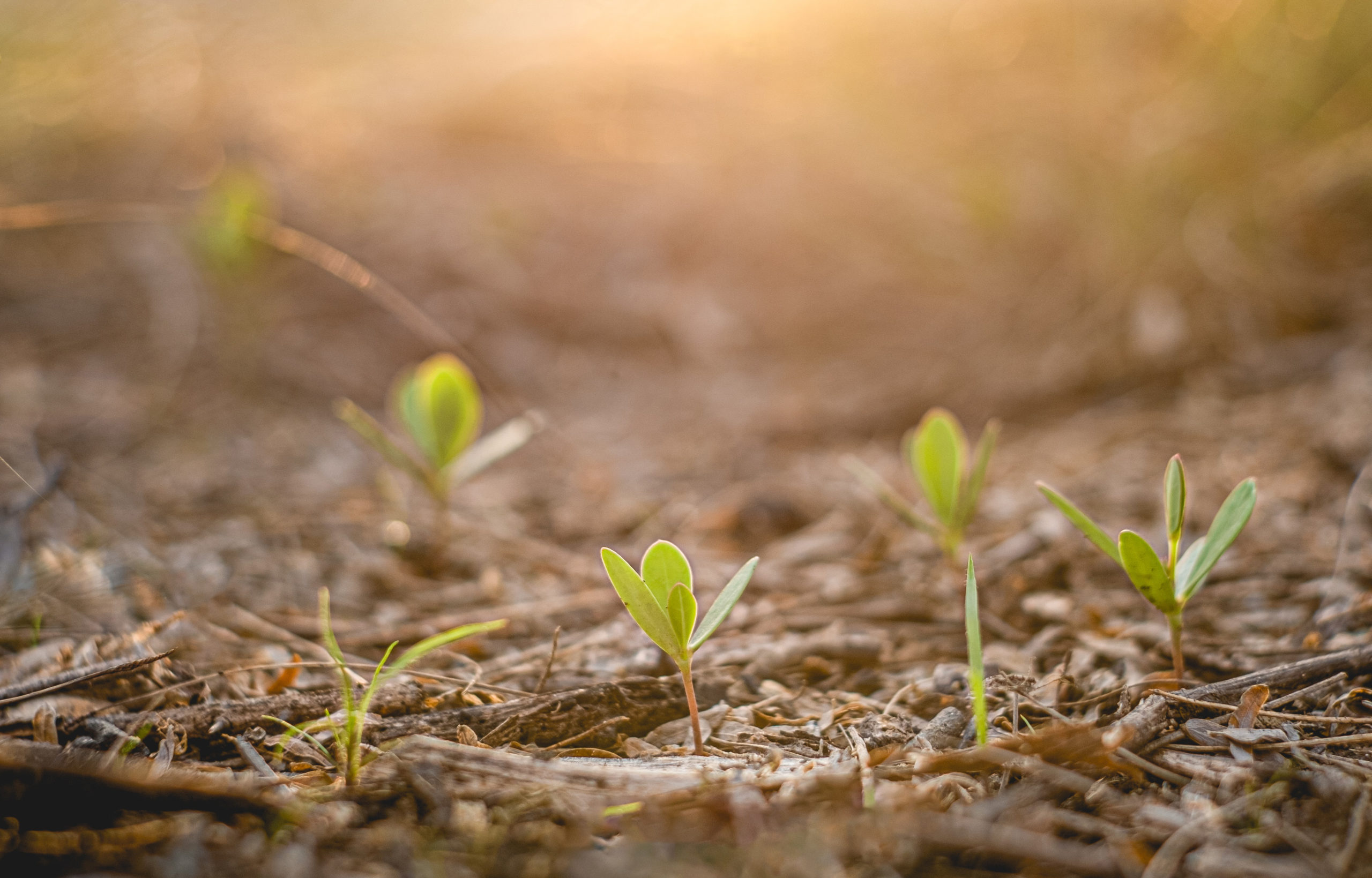by fourth generation Kansas farmer Tom Giessel
The Twentieth Biennial Report of the Kansas State Board of Agriculture was published in 1917. The very first chapter was dedicated to the topic of Rural Welfare and began with an article by George E. Putnam, Associate Professor of Economics in Lawrence, Kansas. He devoted the first twenty pages to the topic of Farm Tenancy in Kansas. The concern of farm tenancy was a front-burner issue of the day. His report was a rather extensive document of the percent of land ownership, versus rented lands. Coupled with those numbers, was an equally thorough examination of the overall evils of tenant farming, and its impact on rural communities. In those early days, tenant farmers were under the thumb of outside interest and money. He further stated “A new factor is being introduced into the agricultural situation through the development of huge estates, owned by corporations and operated by salaried managers upon a purely industrial system.” The tenant was seldom equipped for cultivating a large farm intensively. The tenant could cultivate a large farm extensively, or a small farm intensively. He continued, stating all of these factors resulted “in a decay of initiative, independence and citizenship.” Other consequences of tenancy included an absence of, or backward educational facilities, little incentive to improve his temporary home, depopulation of rural communities, and the prevalence of land speculation. In a short period of time, World War I would shift the focus away from the tenancy issue. A multitude of economic woes developed in the 1920’s, which lead to the Great Depression of the 1930’s.
Here we are, nearly a century later, and we find far fewer farms and ranches. Today, many are owned and operated by family farms and corporations. We never read much, if any, reference to farm tenancy and burdensome debt. Could it be that farm tenancy has been masked and taken a much different form? Has outside capital and huge corporate interest re-created a new generation of farm tenancy? Meet the 21st Century farm tenant. “Producers” [no longer referred to as farmers] almost exclusively plant seeds that are purchased and cannot be saved and replanted. They assume all liability and responsibility for those genetically modified organisms. They assume all environmental liability. They sign long-term technology agreements without negotiation, compromise or protection of individual rights. They prepay all research and development expense to multinational corporations, and buy the product back at a later date. They no longer make the decision as to which [if any] chemical to apply, that has been pre-determined by which seed has been purchased. They no longer “drive” their own equipment, or even repair it. They defer decision making to a computer program, designed by some far-away company and a computer programmer that could not recognize the difference between a kernel of wheat and a soybean. They contract/sell into a system in which they have no control. But they claim to be independent and believe they have “the freedom to farm.”
So what has changed in the last century? The obvious claim and truth would be technology. It has allowed us to produce vast quantities of commodities with many less people. Plant sciences, along with all facets of engineering, have made tremendous leaps and gains. But what did we trade for those so-called advancements?
Nearly a hundred years ago, our predecessors combated “the evils of farm tenancy” and the daily struggles of life on the farm, with their own creativity and ingenuity. They did not buy most things they needed. They created them. They” built” their farms and ranches, from the ground, up. They were also organized as a neighborhood or group, forming cooperatives and creating communities. They held a high regard for education, both in the classroom, as well as on the farm. They captured the wealth of the land and transformed it into the future. They did not rely on information, management or skills from far away to guide them. They trusted in themselves, their family, and their neighbor across the section. They understood the importance, of not only making a living, but also to make a life, and with it, their responsibility to the future.
Farmers today are blessed with many gifts, manifested in multiple ways. They have an inherent understanding that ‘making a living’ is more than making money. It is imperative that we strive to maintain a balance between the many tools that technology allows us, and taking ‘ownership’ of our responsibility to the land, our resources, our communities, our future and ourselves.




